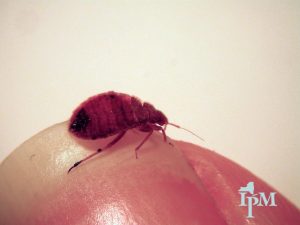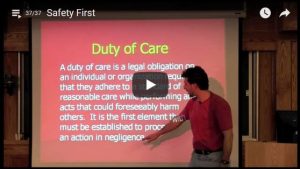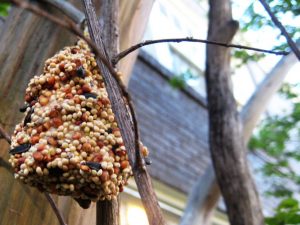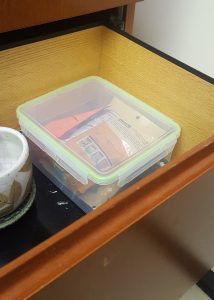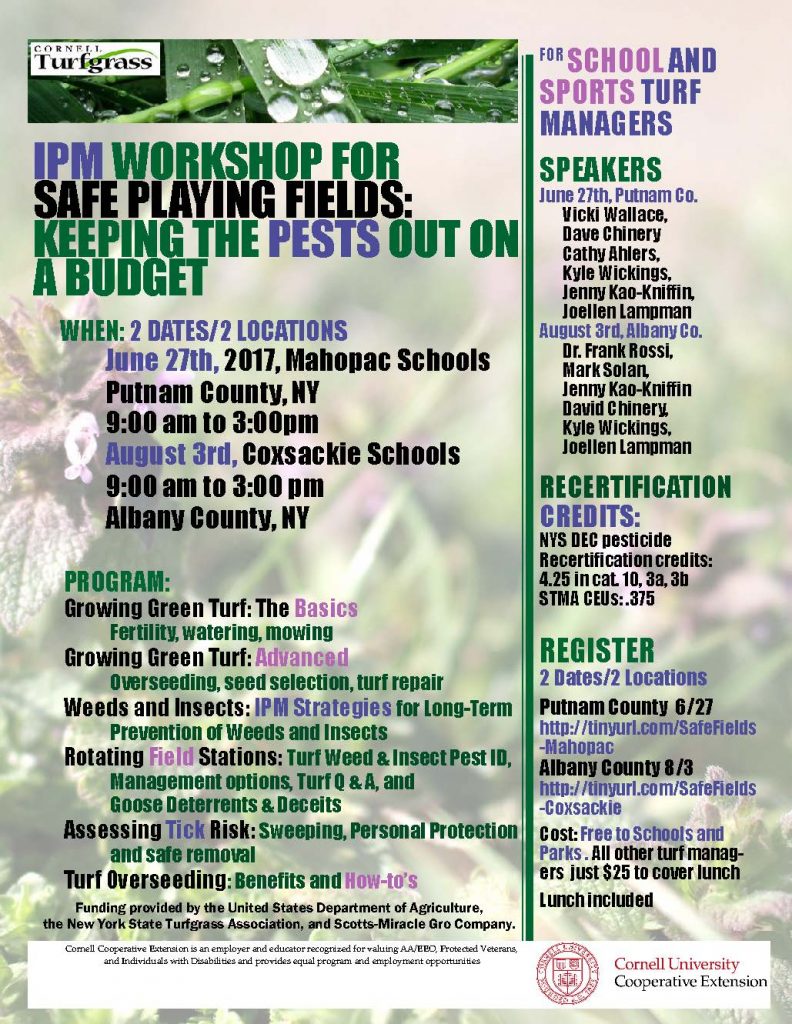“The more we hear people telling us their tick stories, the more we’re realizing that much of the information that a majority of people “know” about ticks is just wrong enough to leave them at risk.” – Dr. Thomas Mather, TickEncounter Resource Center
Tom Mathers, a personal tick education hero of mine, recently created #JustWrongEnough to cover those areas that people think they know, but puts them at risk. He used “ticks jump out of trees” and “ticks die in the winter” as examples. I have also heard many #JustWrongEnough tick beliefs that put people and kids at risk for tick-borne diseases.
I won’t comment on people who believe they are safe because they have never had a tick on them.
We won’t get into how much time a tick needs to be attached before transmitting disease-causing pathogens (I consider the 15 minutes needed from attachment to transmission of the Powassan virus to deem this argument moot anyway).
And don’t get me started on the correct way to remove a tick. I covered this in my 2016 blog post, It’s tick season. Put away the matches., and have found no evidence to convince me that pointy tweezers are not the superior method.
Let us focus, then, on #JustWrongEnough beliefs that are important to school and childcare grounds.
#JustWrongEnough 1: All ticks carry Lyme disease.
The risk: Individuals, and their doctors, might not know what diseases they might have been exposed to and lead to a misdiagnosis.

Tick-borne disease is very common in the Northeast. In addition to Lyme disease, ticks in the northeast transmit the pathogens that cause Anaplasmosis, Babesiosis, Ehrlichiosis, Powassan Virus, Rocky Mountain Spotted Fever, Tularemia and a bacteria related to the agent of Lyme disease called Borrelia miyamotoi. But different ticks carry different disease pathogens.
In addition, not all life stages are equal. Most disease pathogens are ingested by the tick when they feed on an infected host. Adults are usually twice as likely to be carrying pathogens than a nymph because they have fed twice compared to the nymph’s single feeding. But we also know that Borrelia miyamotoi can be transmitted from an infected female to her eggs, so larval blacklegged ticks cannot be discounted as disease vectors.
School nurses can play a crucial role in tick education. This was covered in our guest blog, The Role of School Nurses in Integrated Pest Management for Public Health.
#JustWrongEnough 2: Ticks are found in tall grass.
The risk: Individuals will only think about tick prevention and conducting a tick check when visiting areas with tall grass.
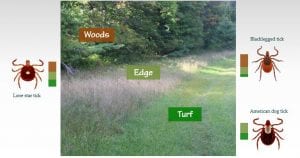
Different tick species prefer different habitats, but that does not mean that you won’t find them in other areas as well.
We can find ticks in tall grass, but we are less likely to find blacklegged ticks. And species matter! The three New York ticks that pose the highest risk to us are the blacklegged tick, American dog tick, and lone star tick. These three ticks prefer different habitat types.
Blacklegged ticks prefer shady, moist areas. Dehydration is their greatest enemy, and so you are most likely to encounter them in the woods. But that doesn’t mean you won’t find them in a lawn or athletic field, especially in areas that receive significant shade. Ground covers, like pachysandra, found right next to buildings, can also provide suitable habitat for these ticks.
On your school grounds, students will likely have little risk of tick exposure in the middle of the playing field, but it’s a different story when they chase a ball into the wood edge. 
How can you determine if there are tick risky locations on your school or child care grounds? You can use a simple drag cloth to monitor for ticks, covered in the blog, Ticks: Assessing the risk at schools and child care centers. This is also covered in our infographic, Monitor for Ticks in Your School Yard.
If you find locations with tick activity, you can take steps to restrict students from those areas by placing orange cones or signage. When access can’t be restricted, students and parents should be made aware of how to protect themselves from ticks.
#JustWrongEnough 3: Ticks are a summer problem.
The risk: Individuals will only think about tick prevention and conducting a tick check during hot weather.
American dog ticks and lone star ticks don’t mind the hot weather and can be a summer problem. But just as different species of ticks prefer different habitats, they also have different seasons when they are most active.
For the blacklegged tick, which is responsible for most of the tick-borne diseases in NY, the nymphs are most active in the spring and the adults most active in the fall. It is true that larvae hatch in the summer, and now that we know that they can transmit Borrelia miyamotoi we need to protect ourselves against them as well, but the greatest risk for disease transmission are in the spring and fall.
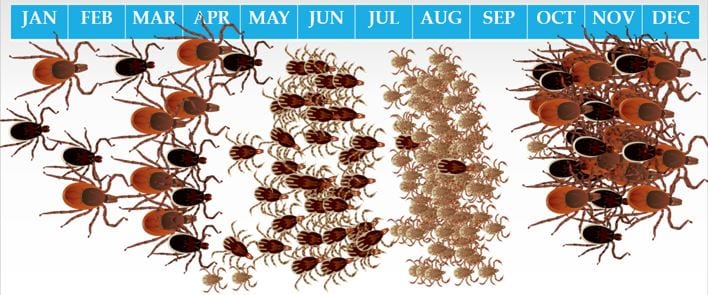
The different life stages of blacklegged ticks are most active in different seasons, but ticks that did not find a host will continue looking when the weather is favorable.
#JustWrongEnough 4: I can’t prevent ticks from getting on me.
The risk: Individuals are so afraid of ticks that they avoid spending time outside.

Here’s a gratuitous picture from a recent hike to highlight what you could be missing if you let a fear of ticks keep you inside.
We often find we are walking a fine line between frightening people and encouraging them to take precautions. Our underlying message is you can go outside. There are proven methods that can be used to protect ourselves from tick bites and the pathogens that may be transmitted while the tick is feeding.
Dressing the part, using repellents correctly, conducting daily tick checks, and knowing how to properly remove a tick can help you return from your next outing tick free. Details on these steps can be found on our How Do I Protect Myself From Ticks? page of our Don’t Get Ticked NY website.
So let them play outside during recess. Take your students outdoors. And schedule that field trip.
What questions do you have about ticks on school and child care grounds? You can reach me via email at jkz6 @ cornell.edu.

